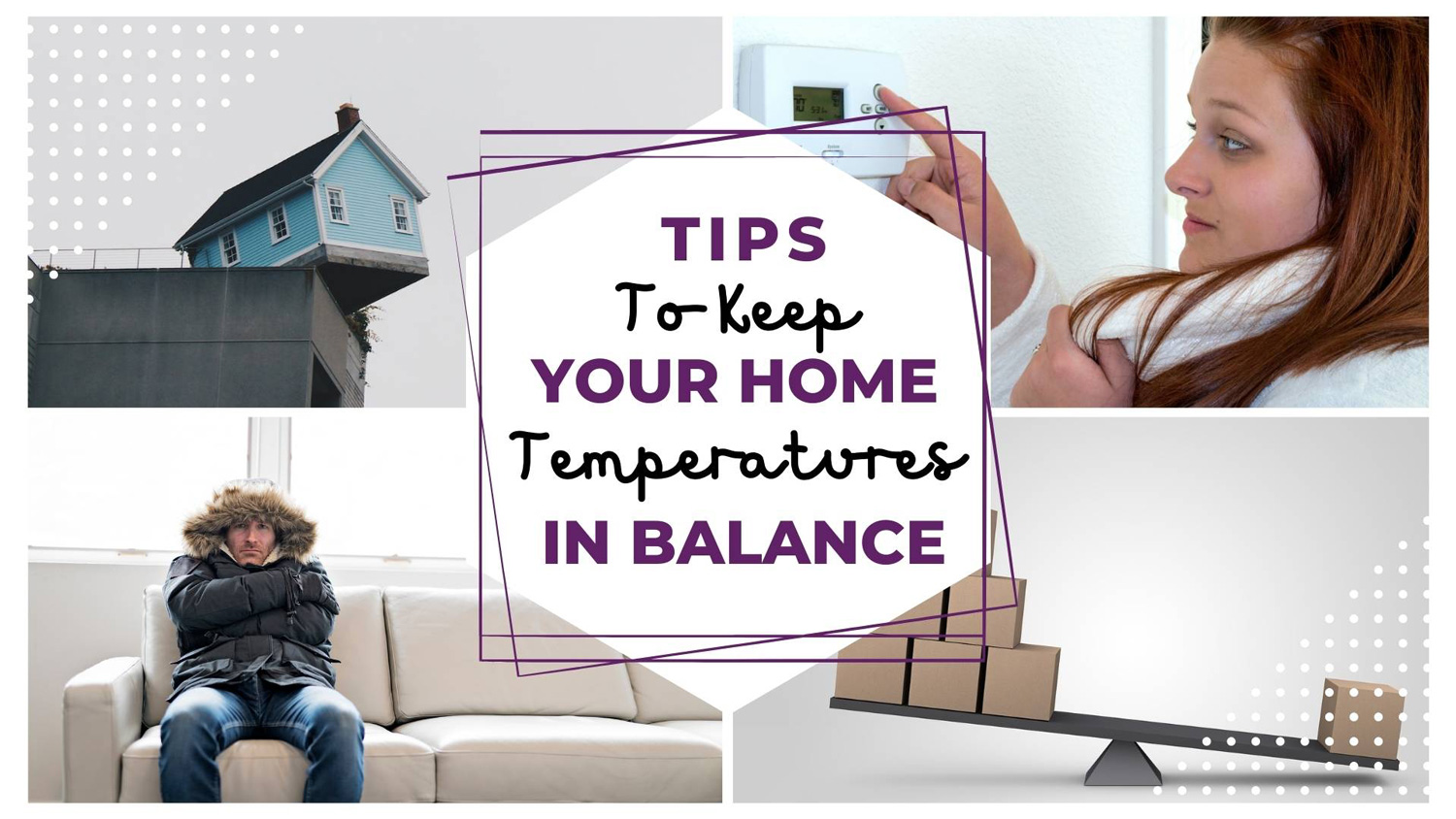Do you ever find yourself needing a sweater in one room and just a t-shirt in another? Or perhaps you’ve noticed certain areas in your home feeling chillier than the rest? These common occurrences, known as “cold spots,” can be especially bothersome during cooler seasons, but they might persist year-round in some instances.
So, what exactly are these “cold spots,” and how can you address them?
Your home’s HVAC system operates on a simple premise: air is drawn through vents, internal and external, and pushed into the furnace. After being heated, the air is circulated through the ductwork, reaching various rooms through vents.
However, the invisible nature of air behaves somewhat like water, flowing easily through a room, bouncing off walls and furniture. If you could visualize the airflow from a vent, you’d notice it moves outward but can be obstructed, leading to stagnant air in certain areas. Cold spots emerge when warm air fails to reach these areas due to obstructions or poor airflow dynamics.
Cold spots are often noticeable near windows, exterior doors (no surprise there), or external walls, indicating potential insulation issues. Unusually shaped rooms or spaces where HVAC ducts don’t vent into the center can also experience temperature discrepancies.

Luckily, there are solutions. For a quick fix, consider placing a small fan nearby to enhance air circulation. In larger rooms, a ceiling-mounted fan can be an effective option.
For more persistent cold spots, especially in hard-to-reach areas, installing extra vents to improve airflow may be a practical solution. While other options exist, this serves as a great starting point.
Your home should be a haven of comfort, free from the need to avoid certain areas due to temperature variations. If you identify cold spots, take a walk around your home, make note of these areas, and explore the possibilities to transform them into cozy, warm spaces. After all, a comfortable home is a happy home!
![Cold Spots In Your Home? Do This… Do you ever find yourself needing a sweater in one room and just a t-shirt in another? Or perhaps you’ve noticed certain areas in your home feeling chillier than the rest? These common occurrences, known as “cold spots,” can be especially bothersome during cooler seasons, but they might persist year-round in some instances. So, what […]](https://handysideinc.com/wp-content/uploads/2023/11/Fixing-Cold-Spots-In-Your-Home-750x420.jpg)





